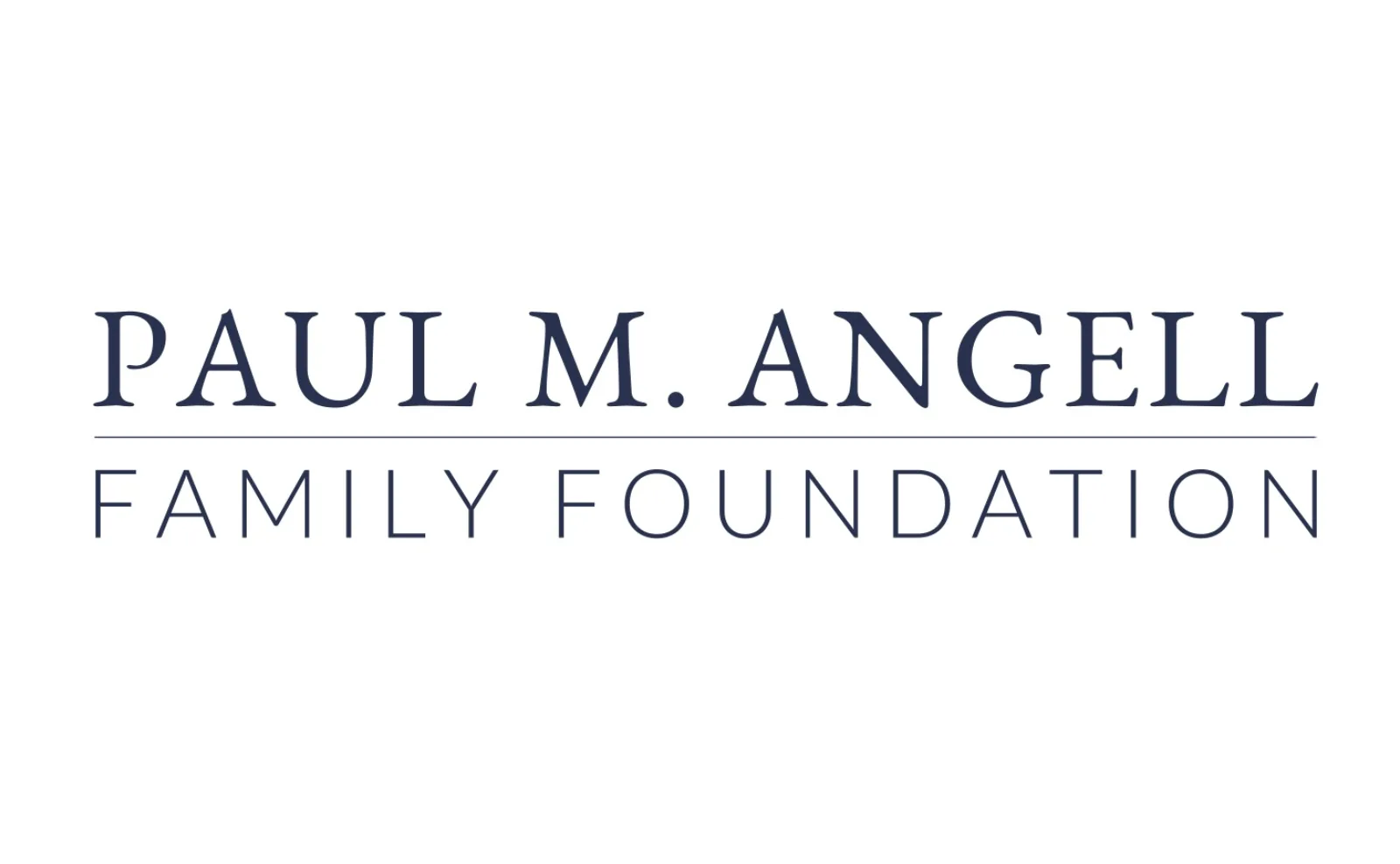Listen to an audio recording of this program.
What do we consider a “Midwestern Indigenous Language?” Is it an Indigenous language that was spoken here in the past, present, or both, and what does this tell us about ongoing connections Indigenous peoples hold to land within this geography? What kinds of education and revitalization efforts are being led by Indigenous peoples whose languages are connected to the Midwest?
There are approximately 6,500 to 7,000 languages spoken in the world. However, in 2016, the United Nations Permanent Forum on Indigenous Issues determined that 40% of those languages were losing more speakers than they were gaining, and that most of these were languages of Indigenous peoples. This dwindling number of fluent Indigenous speakers is a direct result of various assimilation and education policies that historically forbid, and still do not adequately support, learning and teaching Indigenous languages. Still, Indigenous peoples have preserved their languages and are creating new programs to teach them to current and future generations. These models take different approaches, but are all geared at strengthening Indigenous identity, community, and connections to land.
In the Midwest, hundreds of Indigenous languages have been spoken, learned, and taught for thousands of years. However, perceptions of the region that are either entirely historical or contemporary obscure the full picture of how many languages are connected to this part of North America. For example, languages like Potawatomi, Myaamia, and Hoocąk were historically and are still spoken across what are now the states of Illinois, Wisconsin, Indiana, Ohio and Michigan, but they are also spoken beyond the confines of the Midwest in places like Oklahoma and Nebraska, and there are Potawatomi communities as far south as Mexico. Conversely, Nahuatl is said to have its origins in what is now Utah, but traveled down to Central Mexico as far south as Nicaragua. Today, Nahua peoples are re-learning this language in Chicago and as far north as Canada. Other languages like Anishinaabemowin have always been and are still spoken in and beyond the Midwest today. In other words, diasporas resulting from forced removal and intentional migration of Indigenous peoples to and from the Midwest over the past 500+ years encourage us to re-think what defines a “Midwestern Indigenous language” and push us to think beyond state and international borders more broadly.
This program is part of a multidisciplinary project titled What is the Midwest? Offering perspectives beyond stereotypical portrayals of the Midwest as the nondescript “middle” of the country, the project explores the unique confluence of environmental and human factors that have defined the region and made it distinct.
Led by the Newberry in collaboration with our scholarly and cultural partners, What is the Midwest? Will pursue these themes through programs, digital resources, and a gallery exhibition in the fall of 2019.
Join us as we celebrate Indigenous Peoples’ Day and the United Nations’ International Year of Indigenous Languages with a dynamic conversation between five Indigenous community leaders working in language education and revitalization. Panelists will help us re-think what defines a “Midwestern Indigenous language,” as well as discuss their revitalization work and the importance of language to their communities. The program will conclude with a discussion of how the Newberry’s Indigenous Language Collection and other archival materials can be helpful for language revitalization efforts.
Panelists:
Daryl Baldwin (Miami Tribe of Oklahoma), Director, Myaamia Center, Miami University
Marcus Carriaga (Ho-Chunk Nation) Student, University of Wisconsin-Milwaukee
Victorino Torres Nava (Nahua) Founder, Xinachkalko Center and Professor, Anahuacalmecac School
Michele Wellman-Teeple (Bay Mills Ojibwe Community), Director, Anishinaabemowin Pane Immersion Program
Marcus Winchester (Pokagon Potawatomi), Director, Pokégnek Bodéwadmik Language and Culture Department
Moderated by Margaret Noodin (Anishinaabe) Director, Electa Quinney Institute, University of Wisconsin-Milwaukee
Schedule:
9:30 - 10: Coffee and Continental Breakfast
10 - 10:30: Welcome Remarks
- Opening Prayer, Rafael Reza (Yavapai)
- Welcome to the Newberry, Brad Hunt, Vice President for Research and Academic Programs, Newberry Library
- Land Acknowledgement and Introduction of panelists, Les Begay (Diné), President, Board of Directors, Chicago American Indian Center
10:30 - 11:15: Session 1
- Panelists discuss approaches and models of language revitalization based on the programs they work in, the importance of language in their communities, and the connections of language to identity and place, particularly the Midwest.
11:15- 11:45: Break
11:45- 12:30: Session 2
- Discussion among the panelists and with the audience
12:30-1: Presentation about the Newberry’s Indigenous Languages Collection, Will Hansen, Director of Reader Services and Curator of Americana, Newberry Library, and Analú María López (Xi'úi/Guachichil), Ayer Reference Librarian, Newberry Library
The official program will conclude at 1 pm, but additional viewing of collection items will take place on the Newberry's second floor immediately following the event.
This event is part of our programming related to our What Is the Midwest? project. It is funded by a generous grant from the Paul M. Angell Family Foundation.
Your generosity is vital in keeping the library's programs, exhibitions, and reading rooms free and accessible to everyone. Make a donation today.
